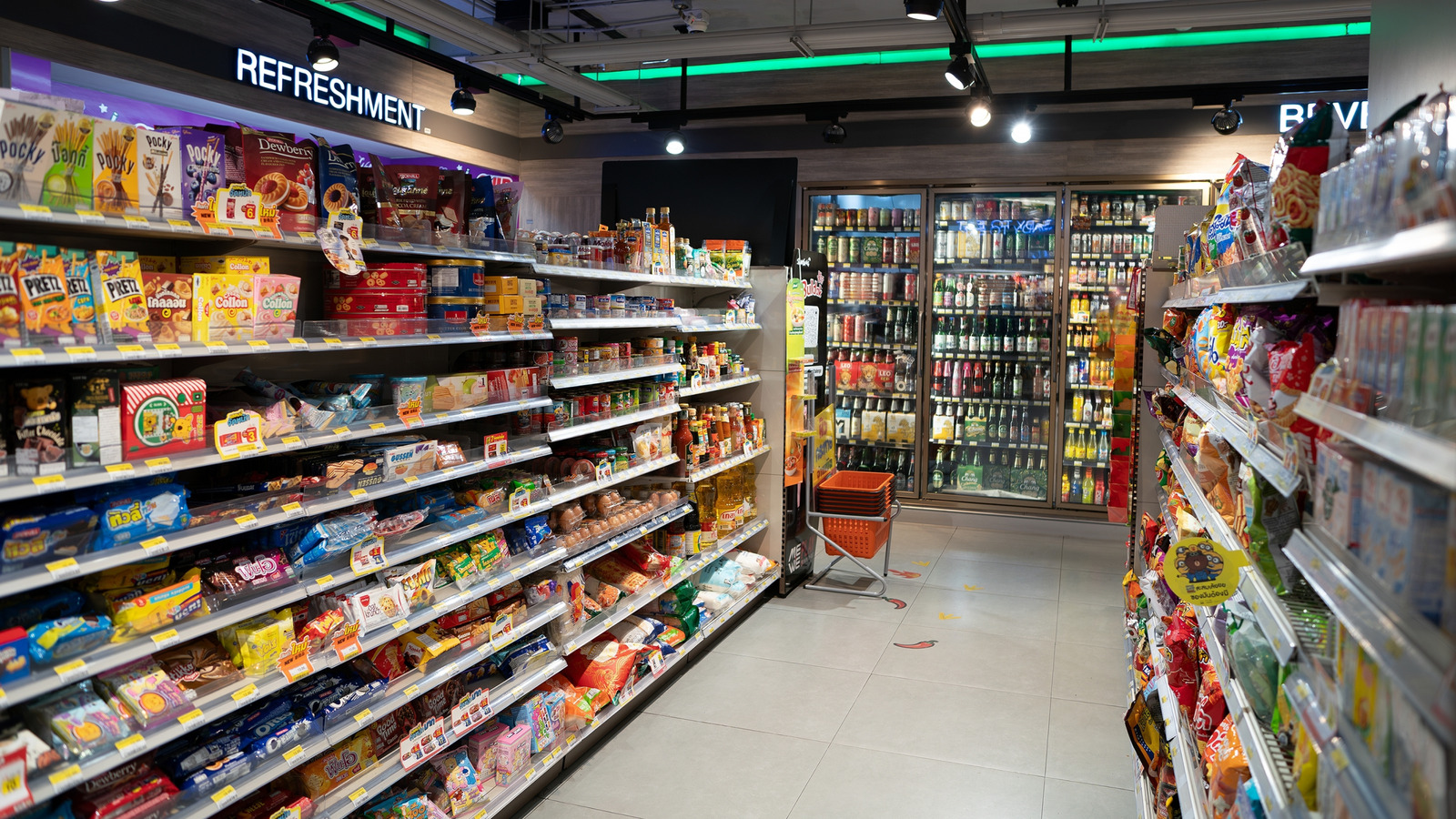
"It happens to the best of us - despite your best efforts to prioritize healthy eating and nutritious meals, life gets busy at times, and at the end of a long day, temptation strikes as you walk through the doors of a nearby bodega. Although whole ingredients are best, convenience store food is great for a quick, easy, and affordable meal. Thankfully, you don't have to settle for candy bars and potato chips - if you look carefully, unprocessed food options are available at most major convenience chains too."
"It's not always easy to maintain a strictly unprocessed diet. In fact, studies show that up to 70% of the U.S. food supply is "ultra-processed." So why do convenience stores, supermarkets, and gas stations prioritize processed and ultra-processed snacks and meals? Simply put, the alternative is too much work. Stocking fresh meats and produce requires adequate infrastructure, expertise, and market demand that many businesses, especially small grocers, can't provide."
Busy schedules often push people toward convenience-store meals, yet whole ingredients remain preferable. Processed foods are altered through methods like chopping, heating, pasteurizing, fermenting, freezing, or dehydrating, and often contain preservatives and additives such as artificial colors and flavors. Unprocessed foods are fresh and raw, including fruit, vegetables, and meat. A third category, minimally processed foods, includes items like frozen fruit or pressure-canned beans. Up to 70% of the U.S. food supply is ultra-processed. Many retailers prioritize processed products because stocking fresh produce and meats requires infrastructure, expertise, and market demand that small grocers may lack. Refrigerated sections can still yield minimally processed options.
Read at Tasting Table
Unable to calculate read time
Collection
[
|
...
]